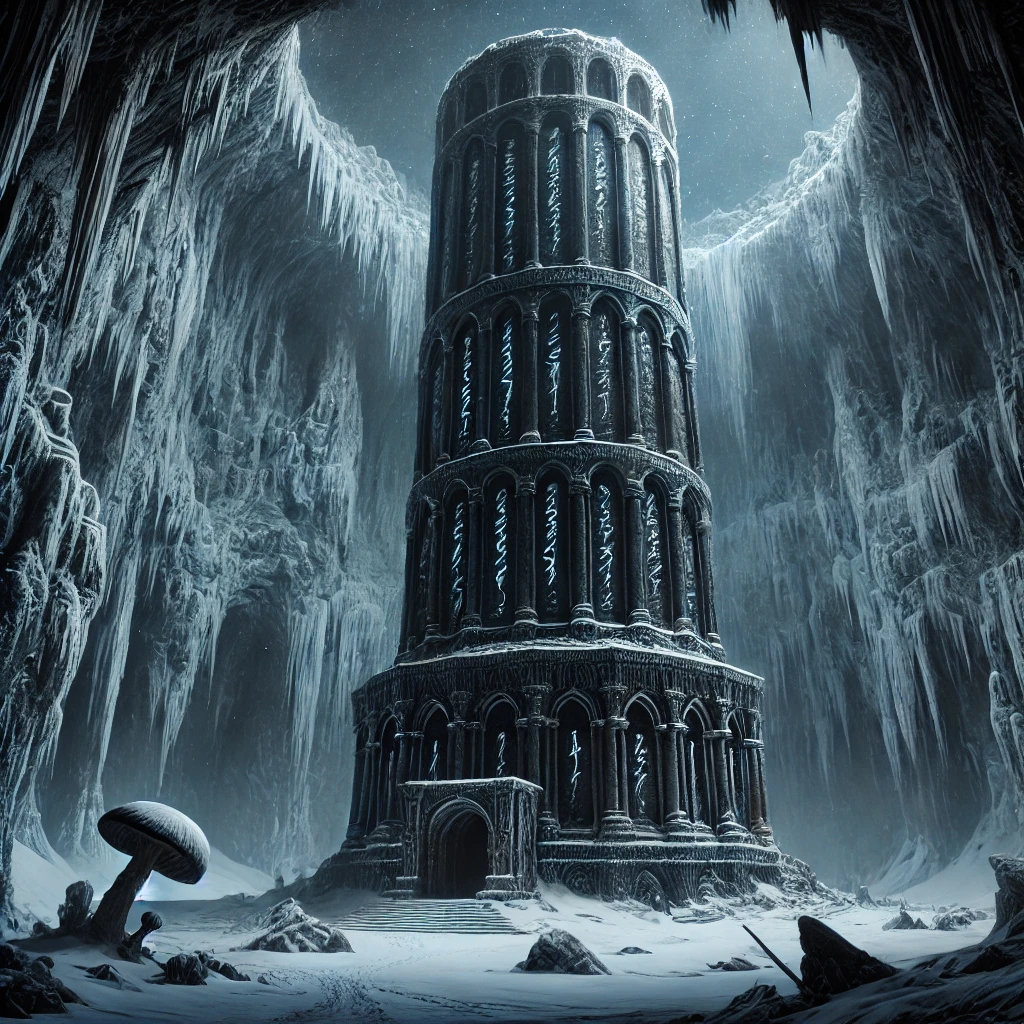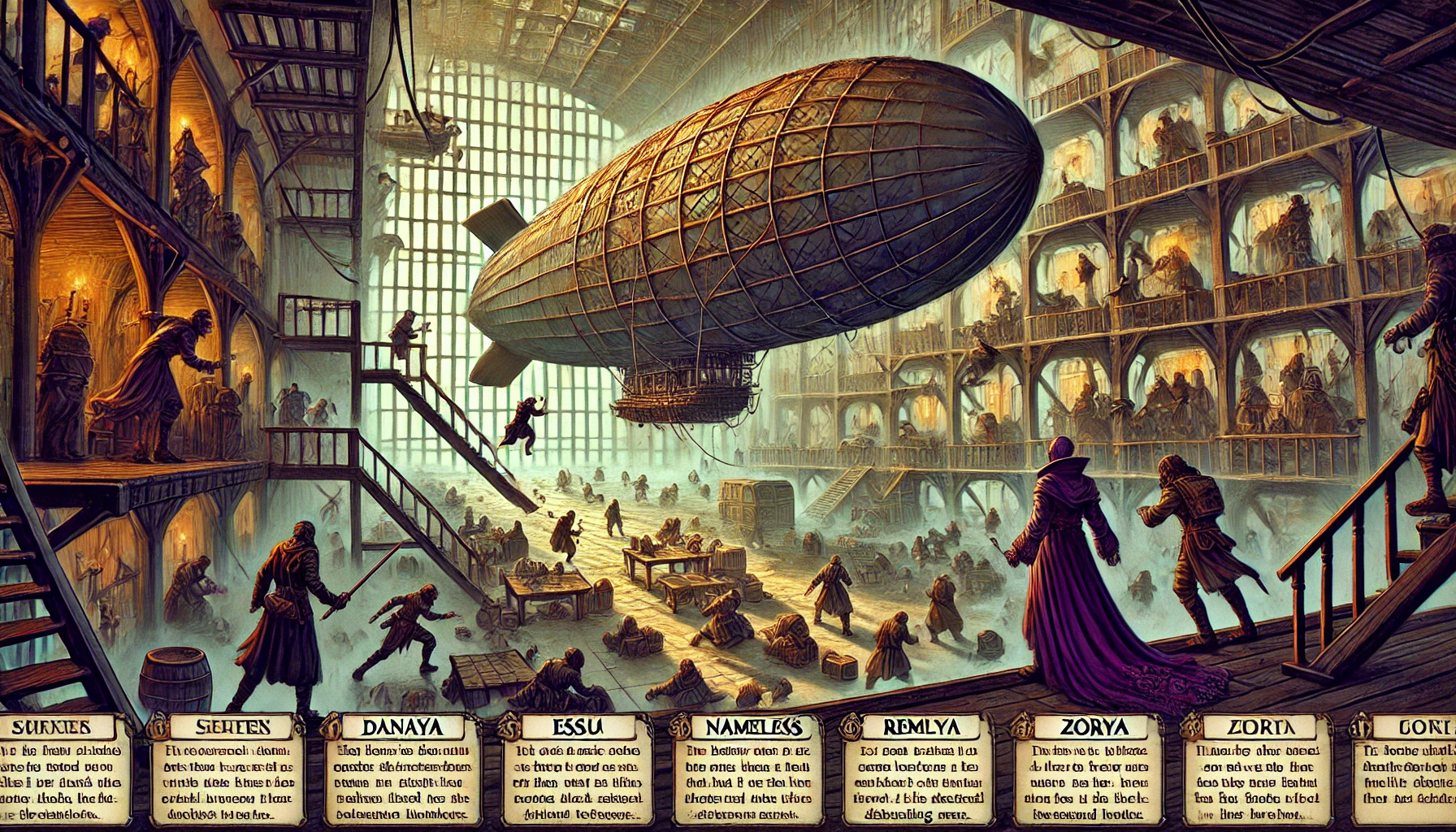After the threat looming over Terragon from the Dragon Cult was thwarted, a period began that was later dubbed by historians as the “Golden Age.” This era was marked not only by peace and prosperity but also by unprecedented advancements in magic and technology. Magic in Terragon became more accessible than ever, which led to the creation of several groundbreaking devices, including the Aetheris Essentia Compressorium (AEC), also known as the “Mill,” and the portable dimensional door.
These innovations made Terragon a jewel among worlds, attracting powerful beings from across the universe to study magic and science. The use of mysteries allowed for unrestricted spellcasting, opening limitless possibilities. However, the greatness of the Golden Age gradually began to fade. Magic seemed to be losing its power, and without the use of mysteries, wizards found it difficult to perform even the most basic magical actions.
This affected not only complex processes such as infusions or KI resonance but also simple magical tricks. The Council of Mages, in alliance with the authorities, after extensive research, delivered a verdict, blaming the disappearance of magic on magical races such as elves, forest gnomes, tieflings, and others, for constantly absorbing magical energy to meet their needs. While the official structures were trying to find a solution to the crisis, rumors and discontent began spreading in poor neighborhoods and among ordinary people, possibly fueled by the influence of the Dragon Cult or growing social inequality. Voices questioning the expulsion of dragons grew louder, viewing their banishment as the root cause of the magical crisis.











